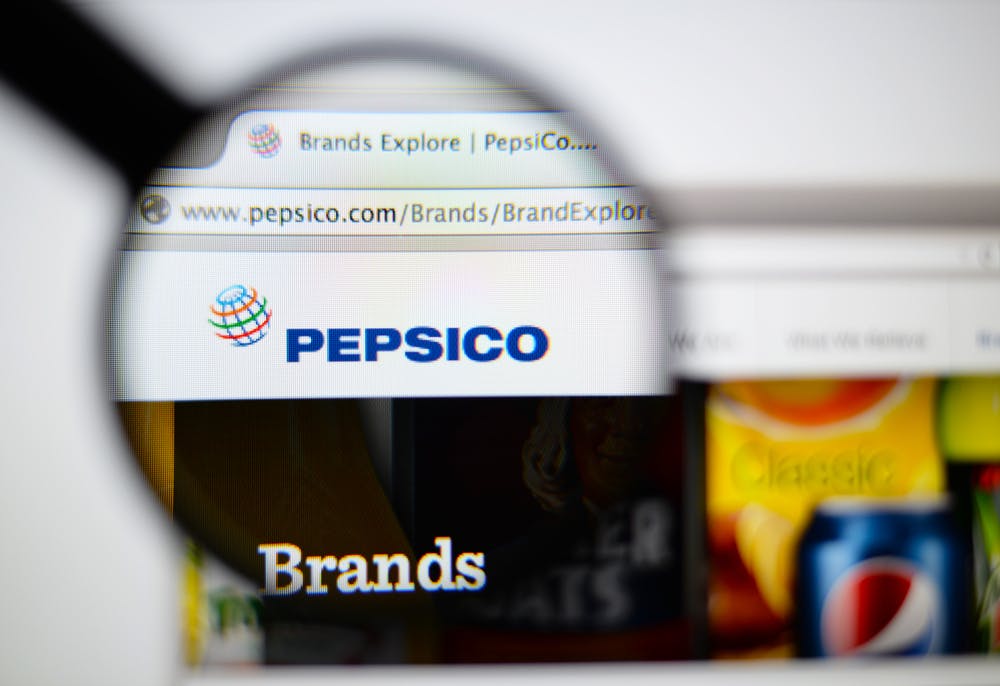 We are standing at the beginning of a big data revolution in recruitment in which the recruitment industry will go from a data and intelligence phase to a multi-source insight, predictive, and recommendation phase. Data makes it easier to predict the amount of applications for a vacancy, and it provides information on how to set up the most efficient media mix and working conditions to attract the best candidates.
We are standing at the beginning of a big data revolution in recruitment in which the recruitment industry will go from a data and intelligence phase to a multi-source insight, predictive, and recommendation phase. Data makes it easier to predict the amount of applications for a vacancy, and it provides information on how to set up the most efficient media mix and working conditions to attract the best candidates.
And this is just one of the next steps.
I’ve included at the bottom of this post a link to a 19-page whitepaper about existing possibilities of big data and recruitment with global and Dutch examples.
Meanwhile, a summary:
What’s Coming Down the Road
Within two years you will be able to obtain insights into how increased salaries influence the amount of expected applications. Data and algorithms are already available; system integration is the next step. The biggest challenges are the legacy of these systems (and the availability of the data) and the capacity of IT development to achieve this progress.
The first signs are already present. PepsiCo, for example, makes use of the Big Data Analytics Suite developed by Broadbean and it is not far off the development mentioned before. The next step will be predicting and managing expected applicants based on previous media choices and integration of external data to make projections on availability in the labor market.
Before 2019 recruiters will be able to upload a vacancy or make “a picture” of a vacancy with their mobile device and get direct insights into:
- The number of available candidates in their own talent pool/total in the market
- Recruitment feasibility
- Expected time to hire and cost per hire
- Extent to which employer benefits and salary are competitive
- Attractiveness of the vacancy text (job post)
The interesting fact is that all this data and insights are already available, only never in combination. The next generation tooling will combine multiple sources and give recommendations for:
- The best ways to recruit (recruitment channels, media)
- Vacancy text changes based on mobility drivers, SEO optimization
- Adding competencies, skills
- Alternative recruitment opportunities, like referrals or outsourcing
Based on predictive analyses recruiters will easily see what is realistic for a vacancy and recruitment plan. One click can then modify vacancy texts or a salary offer, start the execution of the recruitment plan, and/or invite available candidates.
From Target Group to Candidate Data
The next step is to go from insights to predictions and recommendations. With algorithms from Gild, for example, it is possible to make an educated guess and see whether someone is huntable or has a higher chance to be available for the market. Also tools like Crystal help recruiters better persuade talent when reaching out to them.
Which way developments will take us or what development will be “the champion” is not clear yet, but one thing is certain: Our recruiting and hunting game will change with the big data possibilities. Everything that is not running smoothly yet will be solved soon, such as the link of multiple different data sources and unique data definitions. Recommendations and predictions will automatically be incorporated into daily work. The day that you as a recruiter will receive a notification in your eye when you scan the ERE conferences for recruiters to hire and then message “available talent” appears is coming closer and closer.
Here’s the whitepaper.
